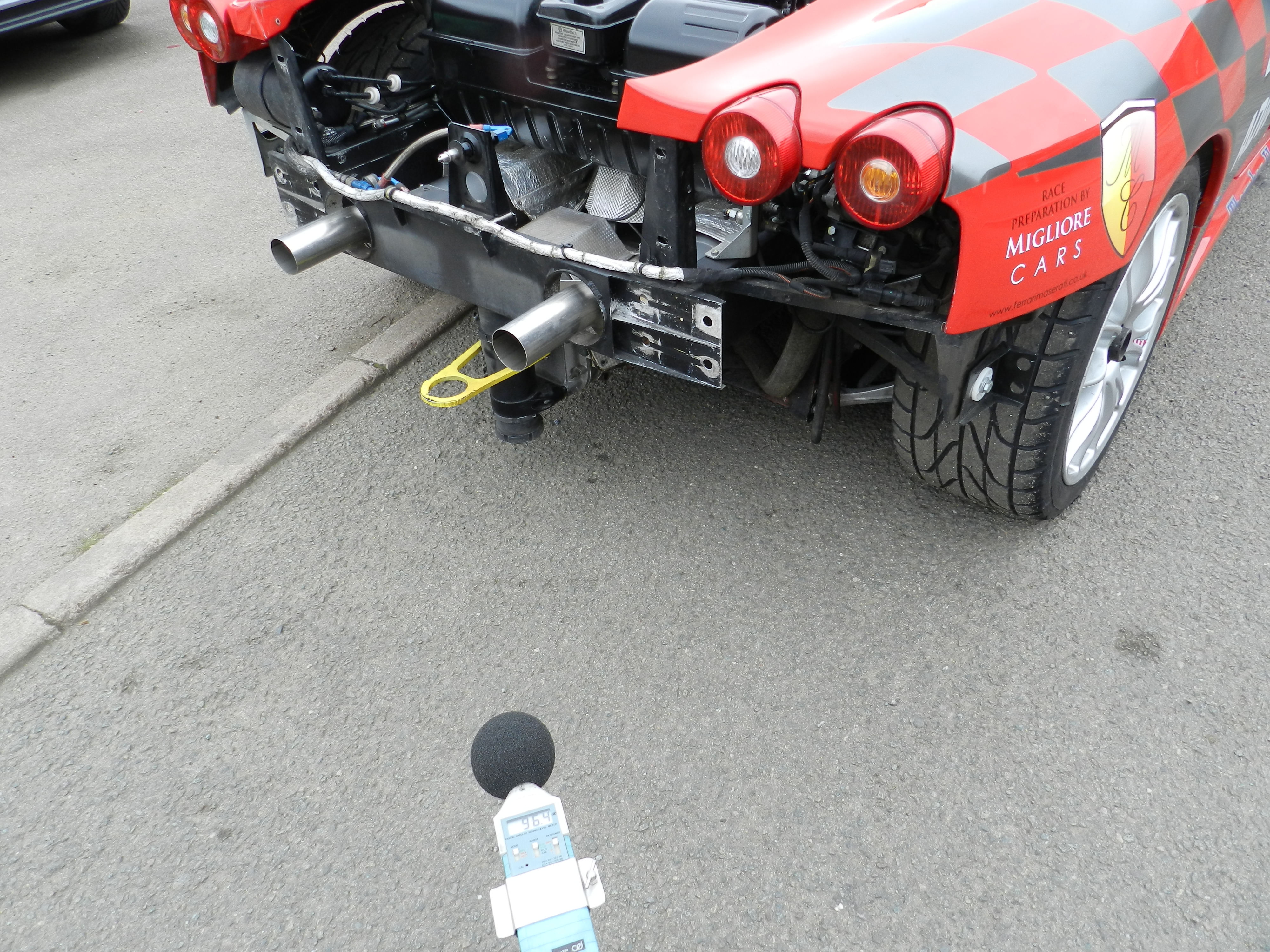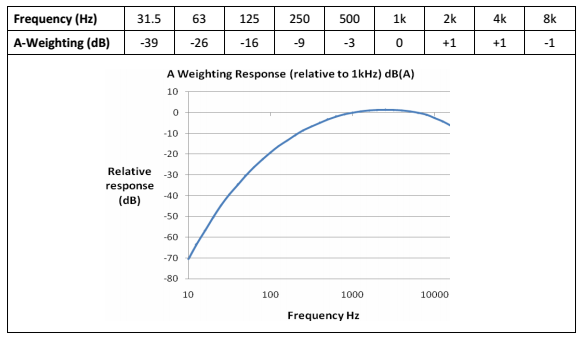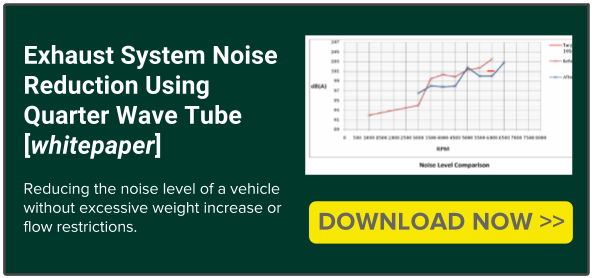-
Exhaust System Noise Reduction Using Quarter Wave Tube (Part 1 of 4)
This week is the first of a four week series where we show and explain the theory behind our latest project: Noise Reduction Using Quarter Wave Tube
A customer was having problems with the noise level of his vehicle, in particular, it was too loud during his static tests where the vehicle was tested at 6000 rpm. The customer has reported no issues with drive by noise levels and in all other aspects was happy with the existing exhaust system. Being a track vehicle, power, weight and durability were all important considerations.
A One third octave frequency analysis of a vehicle's tailpipe noise was performed. The principle of decibel addition is used to suggest an approach for reducing the overall sound pressure level. The sound pressure level of the vehicle was reduced through the quarter wave tubes.

OUR AIM:
Reduce the noise level of the vehicle without excessive weight increase or flow restrictions. Reduce the noise level to less than 101db(A) at 6000rpm.
THEORY: A-Weighting
Noise is made up of different frequencies. The human audible range is usually quoted as 20Hz to 20KHz. Frequencies in this range are perceived in different ways due to the sensitivity of the human ear. The most sensitive region for the human ear is 1-5KHz. Therefore, although two sources may have the same sound pressure level (SPL) measured in dB, they may sound different to is if they have different frequency content.

The A weighting curve is used to take account of the sensitivity of the human ear and to produce a subjective noise level measured in a dB(A).Sound levels in dB are attenuated by a specific amount for each frequency, e.g. an SPL of 80 dB at 125 Hz will be perceived as (80-16=) 64dB(A) by the receiver. The specific attenuation amounts are given for the octave bands up to 8kHz.
This report will use the subjective A -weighted results throughout, as defined by the test requirements.
Next week we will look at how we used different variations of filters for frequency analysis and the effects of additional sound pressure levels.
This blog post is taken from our whitepaper ‘Noise Reduction Using quarter wave tube’. Download the full length whitepaper (click here).
- T +44 (0) 1327 261797
- E sales@btbexhausts.co.uk

